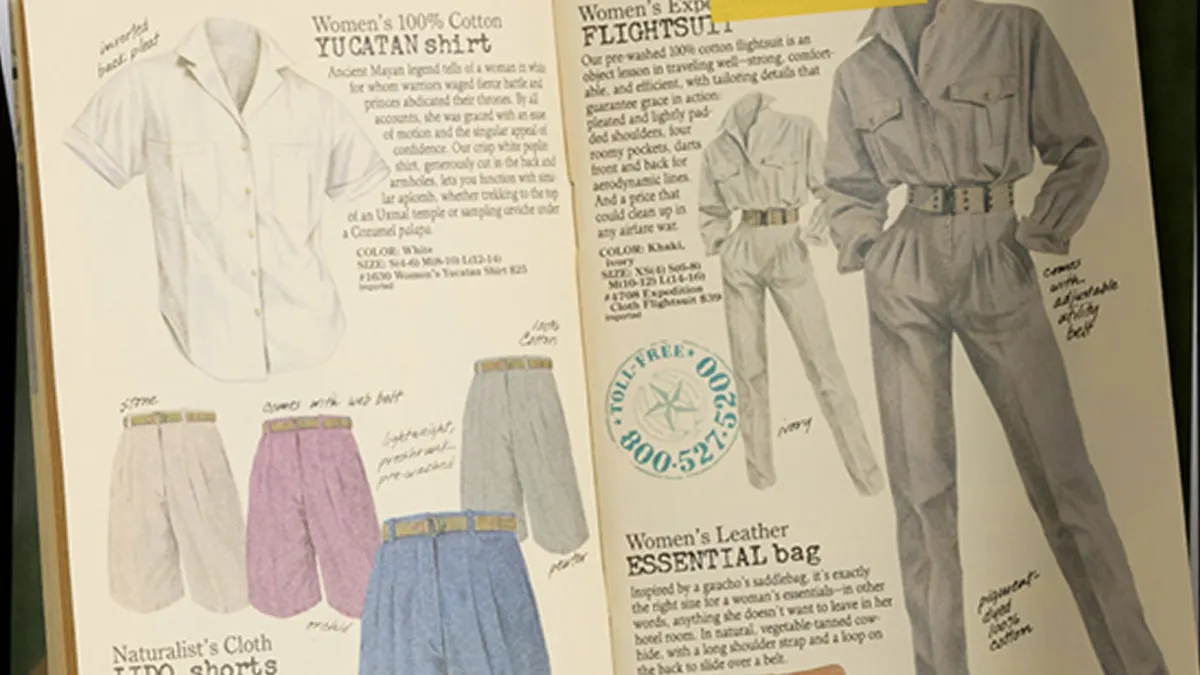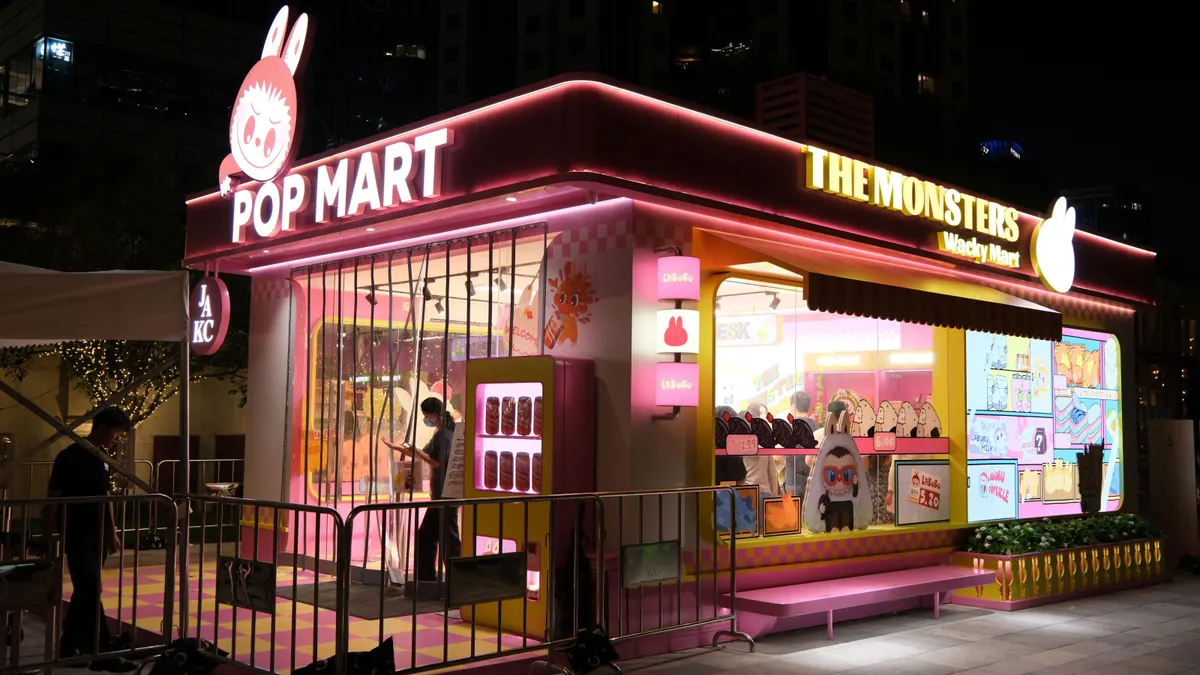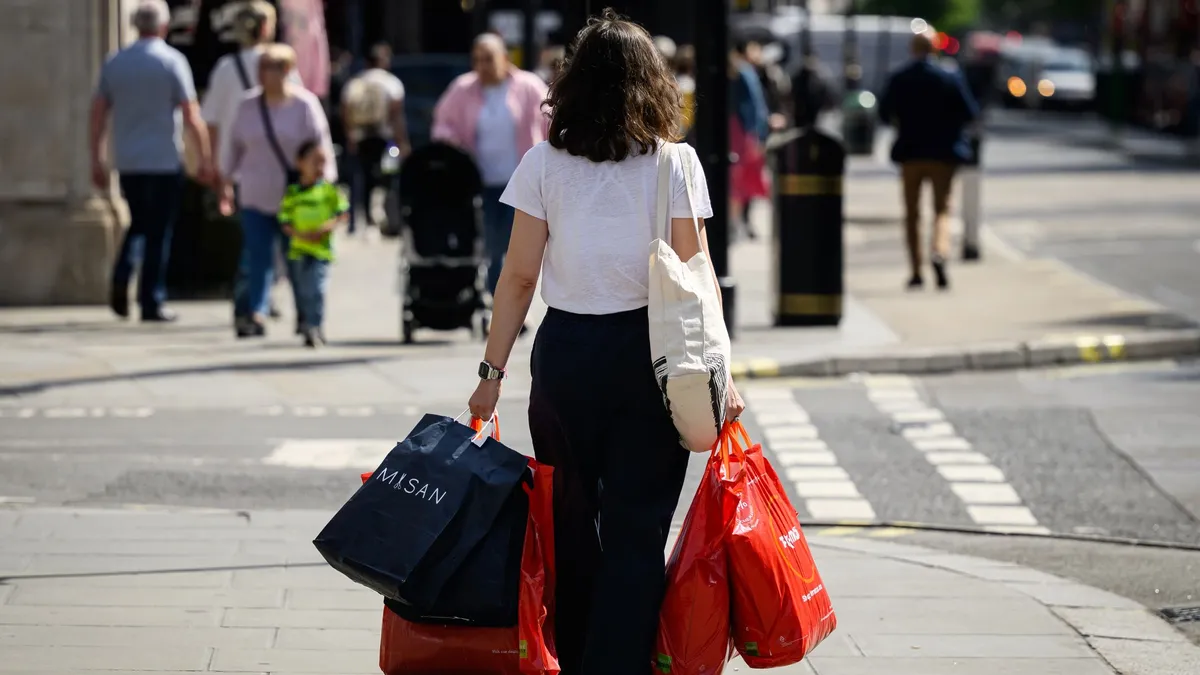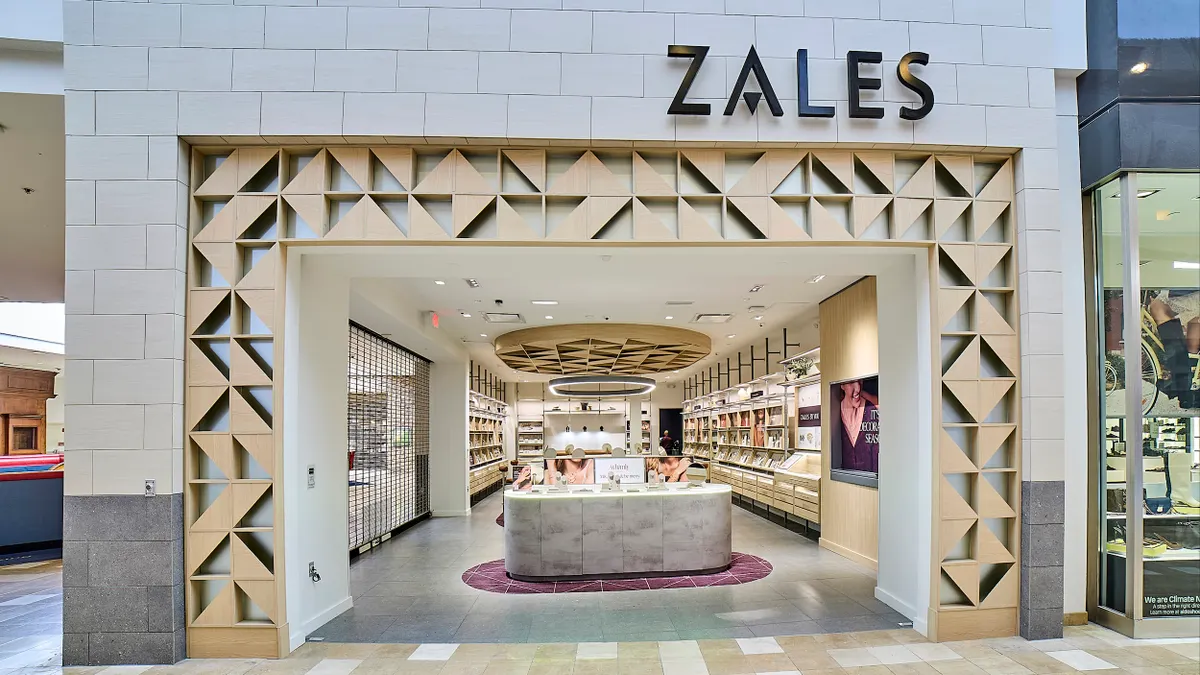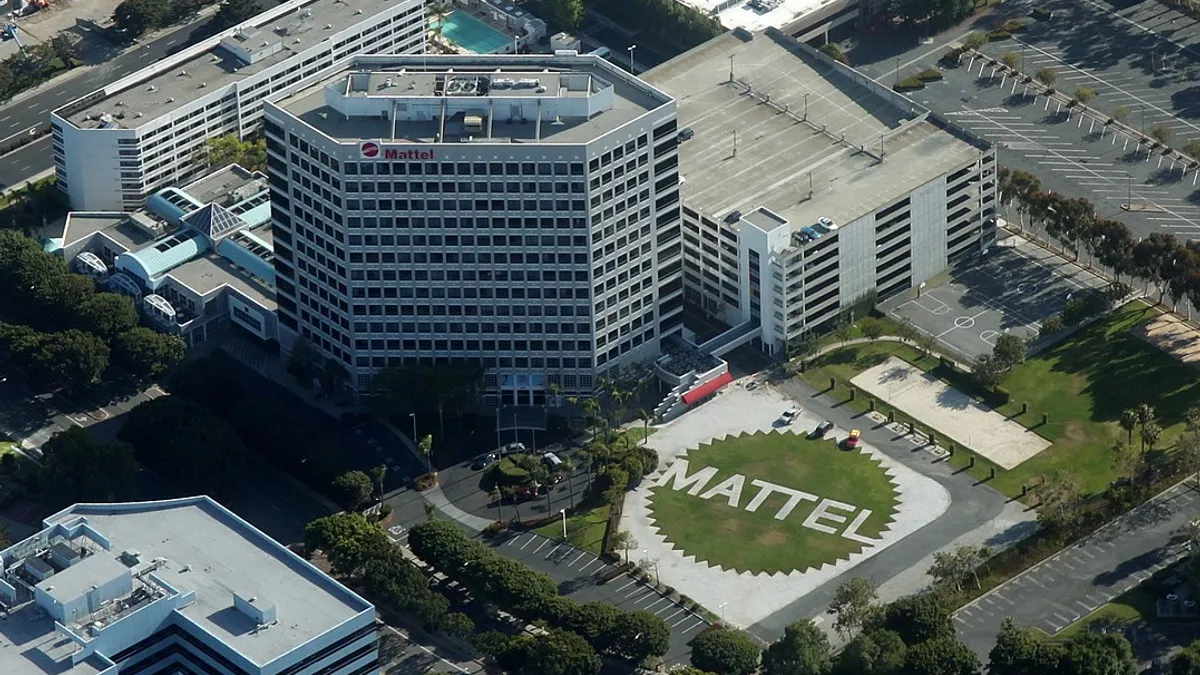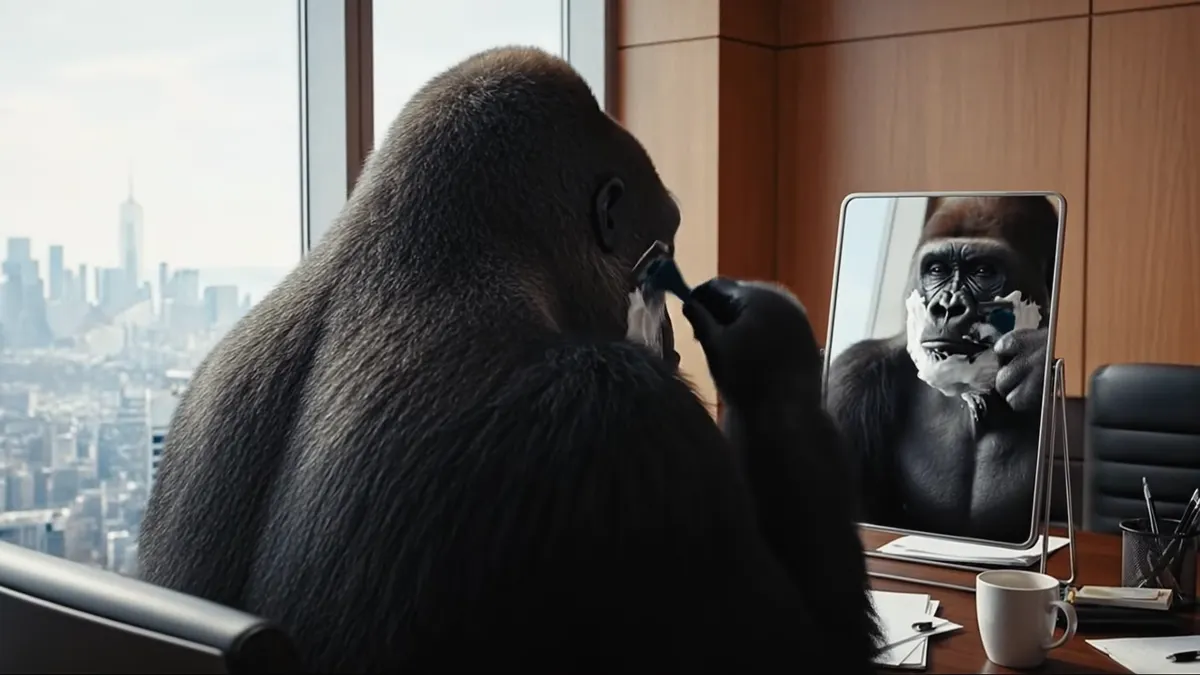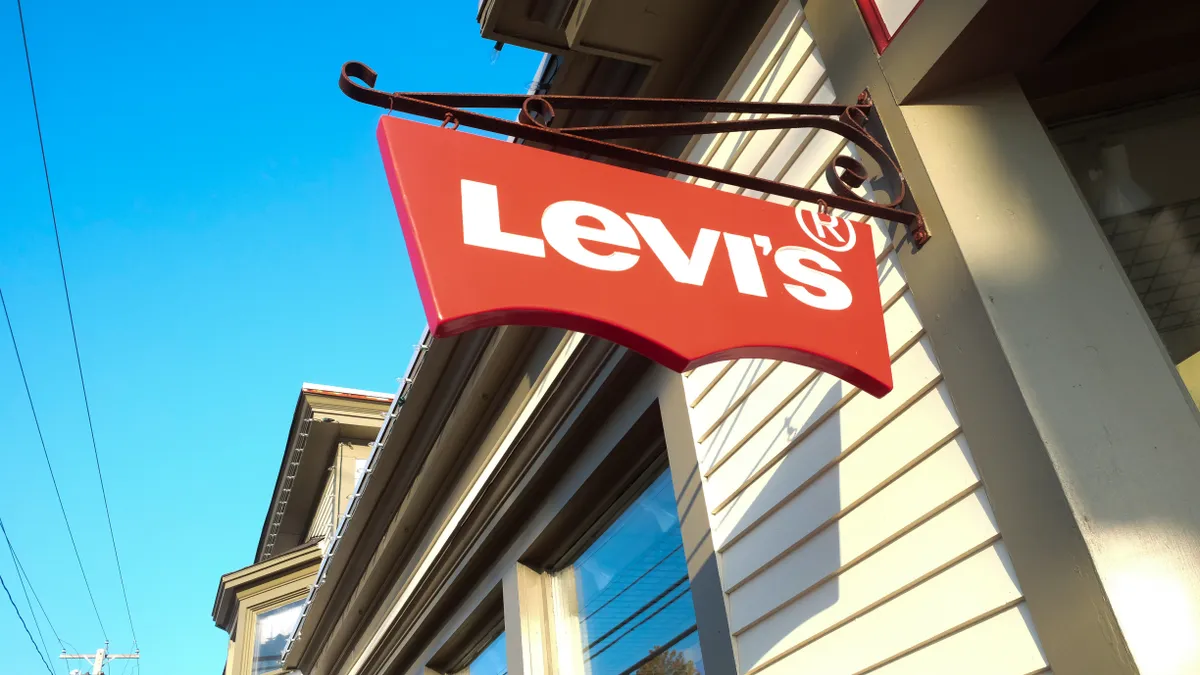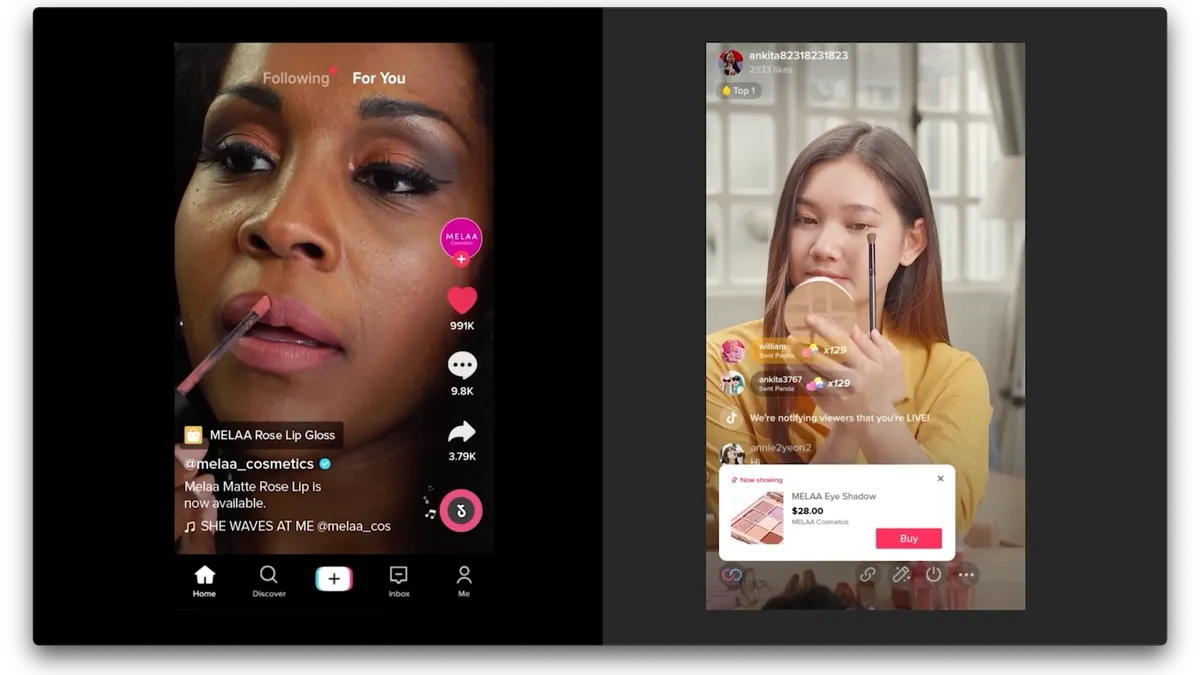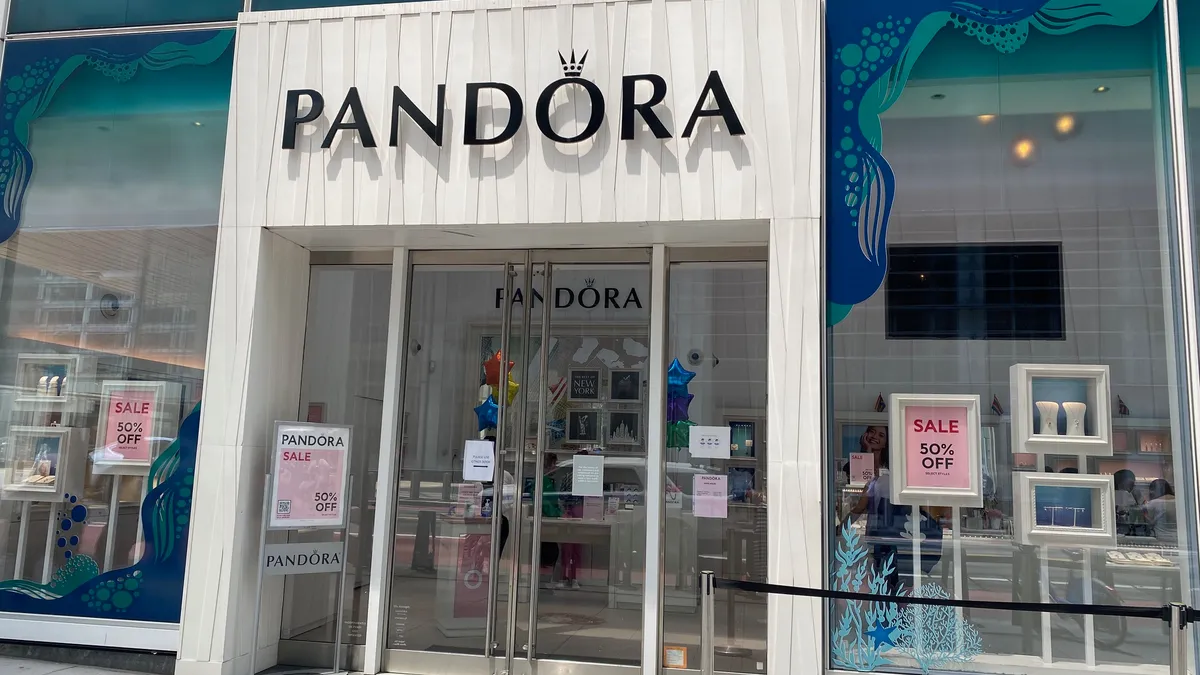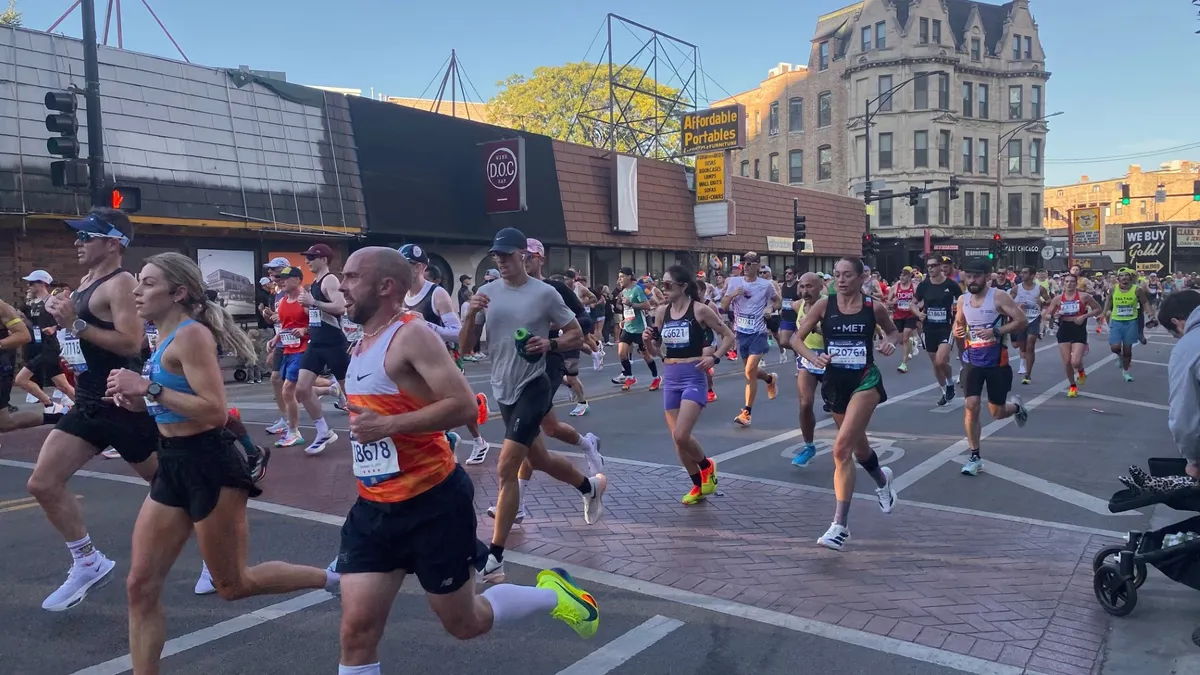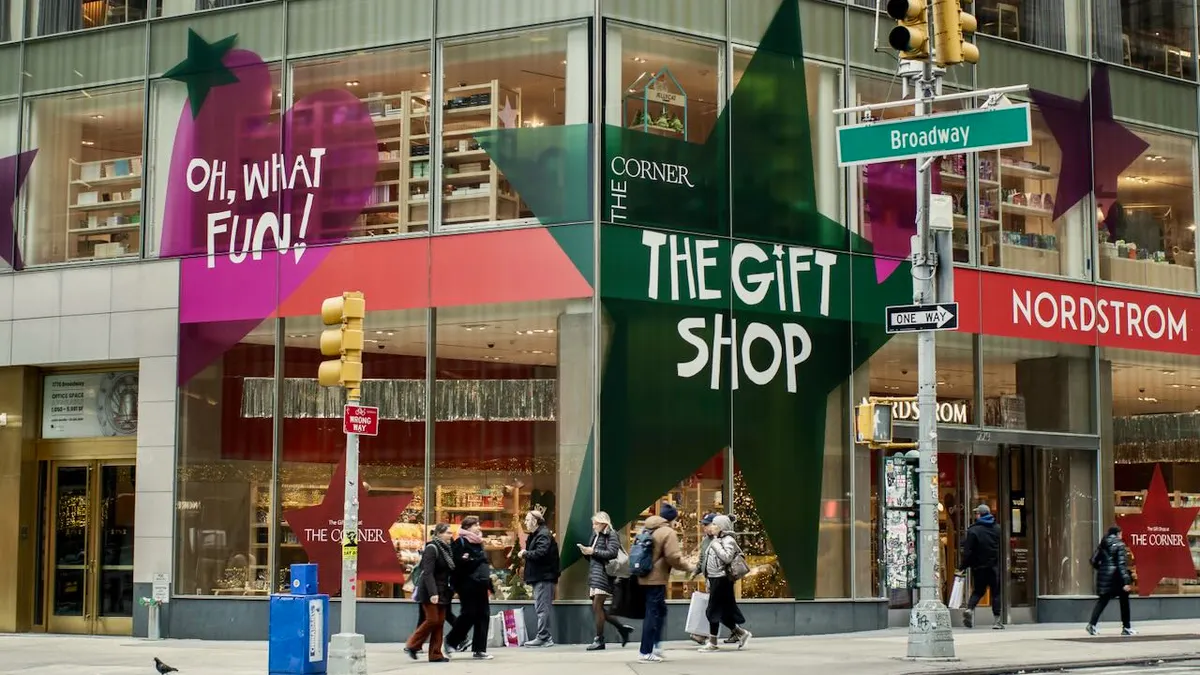Banana Republic is looking to the late 20th century — when it was still selling safari hats and other accoutrements of adventure — to help reinvigorate sales.
At its website and some stores, the Gap Inc. brand is offering "Banana Republic Archive," a collection of apparel from the ’70s, ’80s and ’90s that also features limited drops. And last week it acquired Abandoned Republic, a trove of catalogs, store signage and other marketing materials amassed by Robyn Adams, a graphic designer and fan.
Sibling brand Gap has similarly looked to its past to recapture its vibe, and that seems to be gaining traction. Tapping into vintage has cachet, according to Thomaï Serdari, a professor of luxury marketing at New York University’s Stern School of Business.
“Luxury is a unique point of view and access to something that not everyone has,” she said by email. “In that sense, the idea of the ‘archive’ is tremendously important in helping BR reposition itself as an iconic brand. After all, it has worked well for Ralph Lauren!”
Banana Republic Archive launched last week with a capsule curated by Marcus Allen, creative director and founder of The Society Archive. Among those first 70 items are vintage aviator jackets, utility vests, cargo pants and linen shirts; at press time several pieces chosen by Allen had sold.
“A lot of the things we have are really well washed cotton, and you can tell that someone's lived with this for years, but it's still in great condition,” Allen said in a video showing him shopping at a vintage store in Montauk, New York. “So I think that quality is pretty inherent when you touch an old Banana Republic piece.”
This moves the brand away from the novelty aspects of its safari days by emphasizing how well made and designed the garments were, Serdari said. At one point Allen says he appreciates how someone has written their name inside a shirt collar.
“Even if the original product was kind of kitschy (because it was too prescribed), [Banana Republic Archive] has items that are one-off. These are easier to like — they are not part of a huge collection that has a theme,” Serdari said. “On the contrary, Marcus Allen emphasized the quality of the materials and the appeal of something that has been worn and even may have defects today. This is what makes it unique and inaccessible. I cannot have it because it takes time for clothes to get worn out.”
In a statement, Abandoned Republic founder Adams, who calls herself “a collector at heart,” said she is interested in “building a community around a shared passion.”
“The archive lets us hold on to what made Banana Republic special while opening the door for new fans to discover it,” she said. “Turning catalogs, tags, and well-worn seams into living history keeps the brand's heritage present and relevant."
Younger generations do appreciate this link, according to Serdari, who said that “whoever created ‘Abandoned Republic’ is a genius.”
“There is something about how younger consumers are basically a-historical and have no references. All of a sudden, a BR vintage garment is elevated for them because it connotes a connection to a distant past,” she said. “This is also why Demna's take on Gucci may very well be commercially successful for the brand even though I didn't see any creativity at all in his designs. The historical mark of the brand though is back. And BR is trying to do something similar.”
This is in part why apparel resale has become a booming business, growing five times faster than the broader retail clothing market last year, and is projected to reach $74 billion by 2029.
“But isn't that also part of the greater trend of used products?” Serdari said. “The whole ‘used LLBean bag’ obsession as opposed to the new one in pristine condition that doesn't have that much appeal for the fashionistas today?”
Banana Republic’s projects bring forward a brand history that has largely been ignored in recent years, even during a short-lived “safari meets tuxedo” effort four years ago. Banana Republic was founded in 1978 in Mill Valley, California, just across the Golden Gate bridge from San Francisco. Its catalogs resembled those from J. Peterman in both content and style. They employed sketches of the garments, handwritten notes and descriptions that included fictional backstories for some items; the likes of Hunter S. Thompson and Nora Ephron contributed entries. Founders Mel Ziegler, a San Francisco Chronicle reporter, and his wife, Patricia Gwilliam Ziegler, a Chronicle illustrator, sold the brand to Gap Inc. in 1983.
In 2024 the brand hit nearly $2 billion in net sales, flat to 2023, though comps rose 1%; in its most recent quarter, net sales fell 1% but comps rose 4%. Banana Republic CEO Sandra Stangl left last year after about four years and hasn’t been replaced, leaving Gap Inc. CEO Richard Dickson in charge of what he said in August is an effort to “reestablish” the brand.
“It's been a big undertaking to reinterpret the brand for today and make it newly relevant,” he told analysts in August. “But again, you look at the product, the storytelling, our stores, the way that we're navigating the omnichannel experience, and you get really excited about the potential that this brand has. And of course, with the comp performance, you could see the progress being made.”
Serdari believes that young consumers could help spur a comeback for the brand, as long as they see videos like Allen’s.
“BR is gaining a new positioning as an American icon,” she said.



